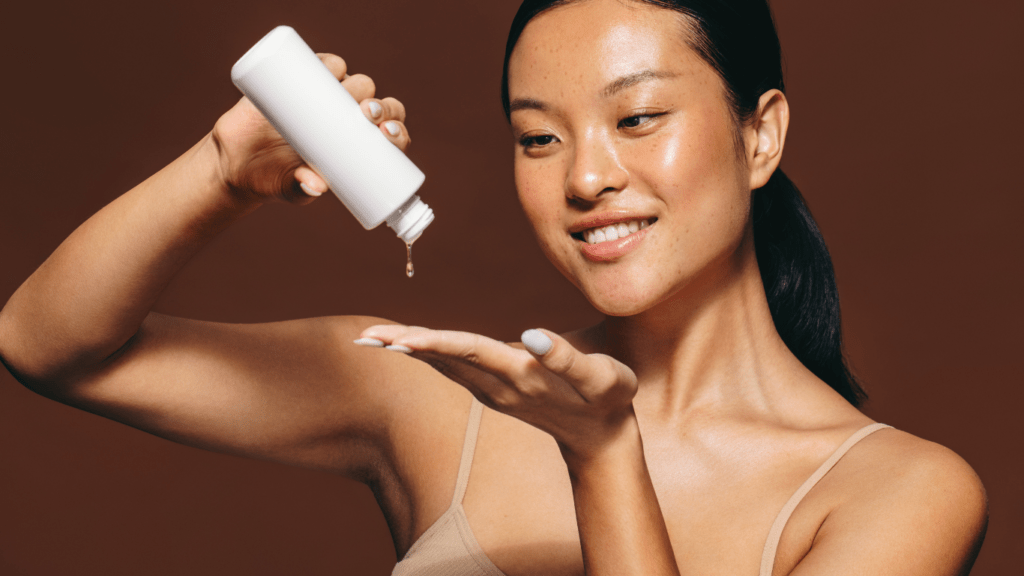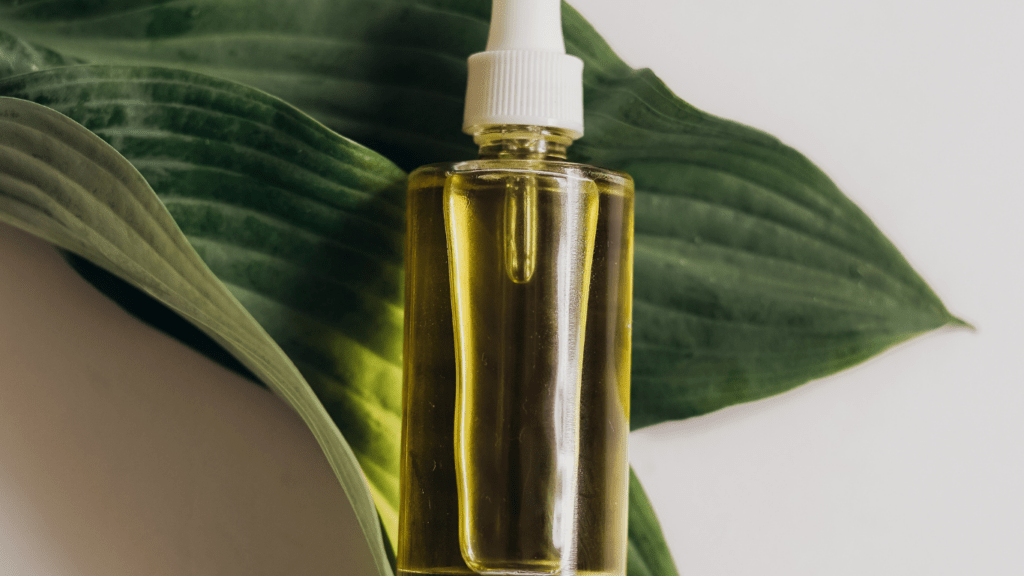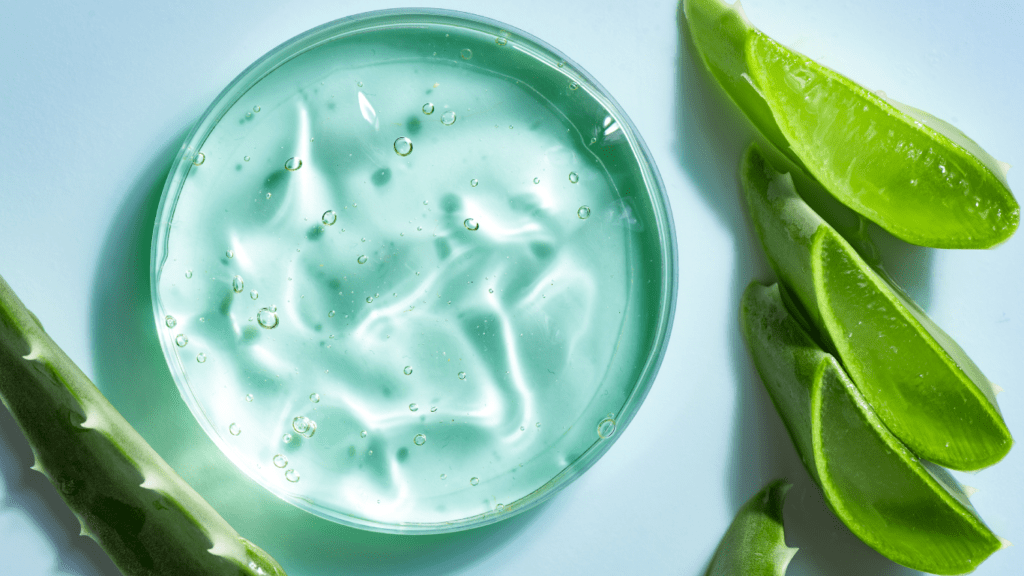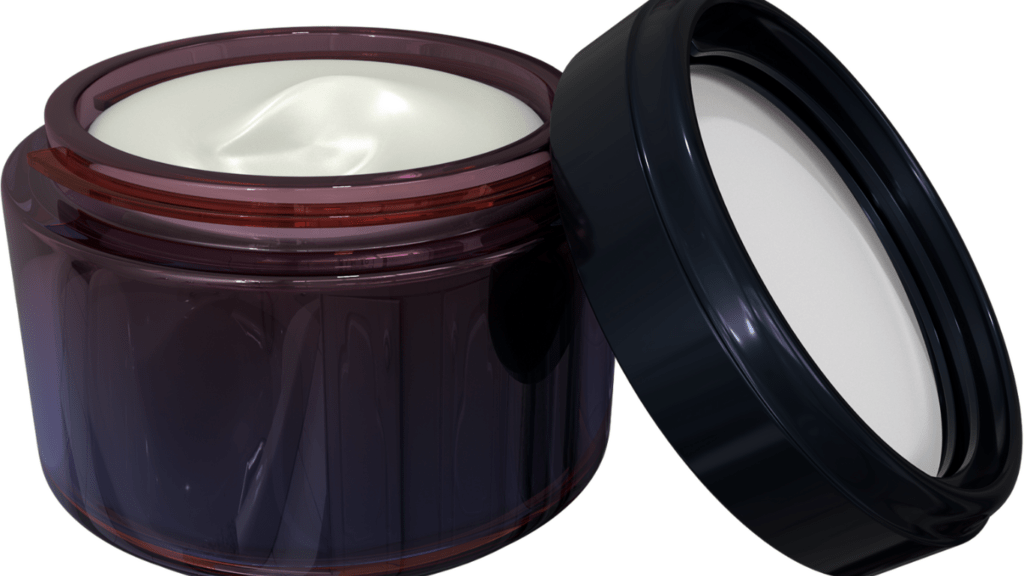Understanding Frizz-Free Hair
Frizz occurs when moisture enters the hair shaft, causing it to swell. Hair with raised cuticles or damaged layers absorbs more moisture, leading to frizz. Healthy hair maintains a smooth cuticle layer, reducing the chance of frizz.
Humidity significantly impacts frizz. Humid environments force hair to absorb moisture from the air, increasing its volume and causing frizz. During summer months, this effect becomes more pronounced.
Hair texture also influences frizz. Curly or wavy hair types experience more frizz due to their natural structure. Tighter curls present more opportunities for cuticles to lift and absorb moisture.
Proper hair care helps combat frizz. Regular conditioning and the use of nourishing treatments can seal the hair cuticles. Heat styling tools should be limited to prevent further damage to hair cuticles.
Diet plays a role in hair health. Consuming foods rich in vitamins A, C, and E strengthens hair, improving its resilience to humidity. Omega-3 fatty acids found in fish and flaxseed oil enhance hair texture and reduce frizz.
Environmental factors and lifestyle habits can contribute to frizzy hair. Pollution, sun exposure, and harsh hair treatments, like dyeing and perming, degrade hair quality. To mitigate these effects, wear hats or protective hairstyles when spending time outdoors and use products designed to protect against environmental damage.
Key Ingredients to Look for in Hair Serums

Selecting the right hair serum involves identifying key ingredients that control frizz. Here are essential components to consider.
Natural Oils
Natural oils moisturize and smooth hair strands. Argan oil, for instance, rich in vitamin E and fatty acids, reduces frizz and adds shine. Jojoba oil closely mimics the scalp’s natural oils, nourishing hair without greasiness. Coconut oil penetrates deeply, providing long-lasting hydration and protection against damage.
Silicones
Silicones create a protective barrier on hair, adding shine and reducing frizz. Dimethicone smooths hair cuticles and detangles. Cyclopentasiloxane evaporates quickly, making hair feel light without buildup. For best results, seek serums with these silicones.
Proteins
Proteins repair and strengthen damaged hair. Keratin, a primary hair protein, fills in gaps in the hair shaft, making it resilient. Hydrolyzed silk protein improves elasticity and shine. Soy and wheat proteins provide added strength, improving hair texture and reducing breakage.
Humectants
Humectants attract moisture to hair, preventing dryness. Glycerin helps retain moisture and adds softness. Panthenol, a provitamin of B5, penetrates the hair shaft, improving hydration and elasticity. Sorbitol provides a lightweight alternative for maintaining moisture balance.
Choosing serums with these key ingredients can effectively combat frizz, ensuring hair stays smooth and manageable.
Top Must-Have Hair Serums for Frizz-Free Hair
Selecting the right hair serum combats frizz effectively. Below are three must-have hair serums.
Serum 1: Moroccanoil Treatment
Moroccanoil Treatment offers a perfect blend of argan oil and silicone, making it ideal for taming frizz. Its lightweight formula repairs and hydrates dry hair. Apply a small amount to damp or dry hair, focusing on the ends for best results. This serum also provides heat protection, making it an excellent option for those who regularly use styling tools.
Serum 2: John Frieda Frizz Ease Extra Strength Serum
John Frieda Frizz Ease Extra Strength Serum delivers significant frizz control with the help of silicones and natural oils including silicone. It’s particularly effective on medium to thick hair textures. Use this serum on soaking wet hair, starting from the ends and working upwards to achieve smooth, sleek results. It’s also designed to protect against humidity, a common frizz trigger.
Serum 3: OGX Smoothing + Liquid Pearl Luminescent Serum
OGX Smoothing + Liquid Pearl Luminescent Serum contains sea kelp and pearl extracts, offering excellent smoothing benefits. This serum not only tames frizz but also adds a luminous shine. Apply it sparingly to damp hair before styling or to dry hair for a polished finish. It’s suitable for all hair types, making it a versatile addition to any hair care routine.
How to Apply Hair Serums Effectively
Application on Damp Hair
Applying hair serum on damp hair helps lock in moisture. After showering, towel-dry hair to remove excess water. Use 1-2 pumps of serum, depending on hair length and thickness. Rub the serum between your palms, then apply it evenly through damp hair, focusing on mid-lengths to ends. Avoid the scalp to prevent greasiness. Use a wide-tooth comb to distribute the serum more evenly.
Application on Dry Hair
For frizz control and added shine, apply serum on dry hair. Use 1 pump of serum for short hair or 2 pumps for longer hair. Rub it between your palms, then smooth it over the hair surface. Focus on frizzy areas and ends. Avoid the roots to keep hair looking fresh. You can use a serum sparingly throughout the day for touch-ups.
Tips for Maintaining Frizz-Free Hair
Achieving frizz-free hair requires regular effort and the right techniques. Here are some essential tips:
- Regular Trims
Trim hair every 6-8 weeks to remove split ends. Splits travel up the hair shaft, leading to more frizz. - Hydrate Your Hair
Use a moisturizing shampoo and conditioner. Products with ingredients like argan oil, shea butter, and glycerin hydrate effectively. - Limit Heat Styling
Minimize the use of heat tools. When using them, apply a heat protectant serum to reduce damage. - Choose The Right Hairbrush
Use a wide-tooth comb or a brush specifically designed for detangling. These tools minimize breakage and frizz. - Dry Hair Gently
Pat hair dry with a microfiber towel or t-shirt post-wash. Vigorous towel drying causes cuticle roughness, leading to frizz. - Apply Leave-In Conditioner
After washing, use a leave-in conditioner to keep hair hydrated and frizz-free. Look for products with hydrolyzed protein for added strength. - Use A Silk Pillowcase
Swap cotton pillowcases with silk ones to reduce friction while sleeping, preventing hair breakage and frizz. - Avoid Overwashing
Wash hair 2-3 times per week. Overwashing strips natural oils, causing dryness and leading to frizz.
By following these tips, I maintain smooth, manageable hair free from frizz. Ensure consistency in applying them for the best results.



 Senior Hair Health Advisor
Maria is a dedicated professional specializing in hair health and wellness. She brings a wealth of knowledge on how to maintain strong, resilient hair through natural and science-backed methods. Maria’s detailed guides and expert advice help readers enhance their hair health, offering personalized solutions to common hair concerns.
Senior Hair Health Advisor
Maria is a dedicated professional specializing in hair health and wellness. She brings a wealth of knowledge on how to maintain strong, resilient hair through natural and science-backed methods. Maria’s detailed guides and expert advice help readers enhance their hair health, offering personalized solutions to common hair concerns.
